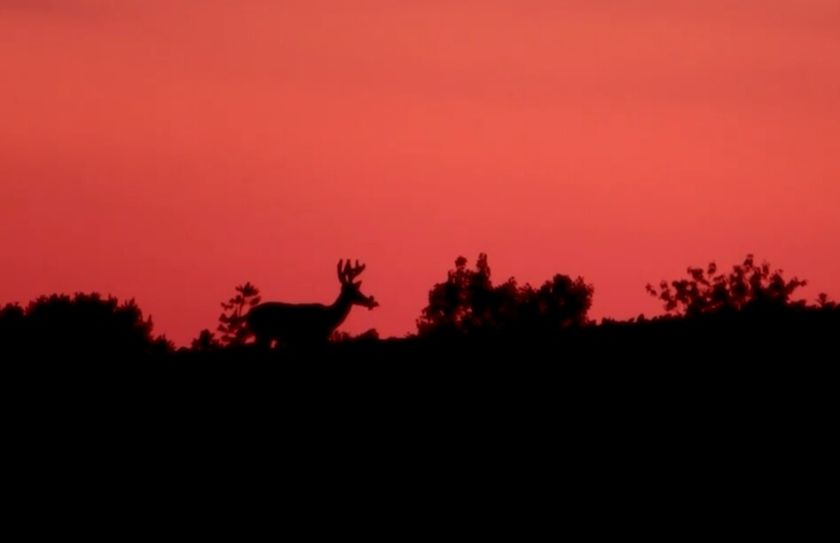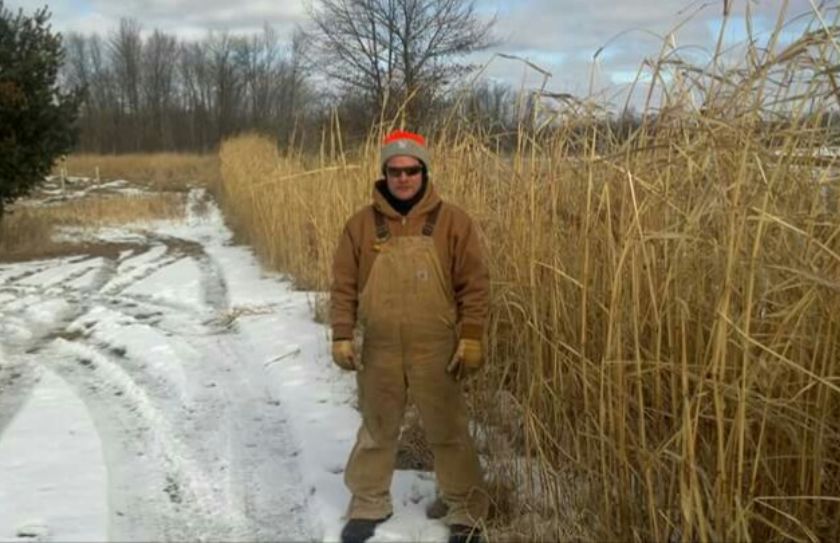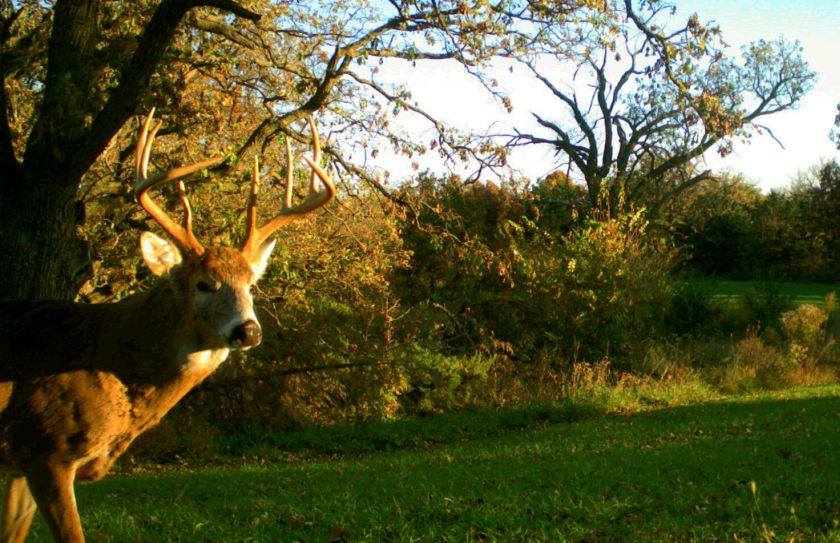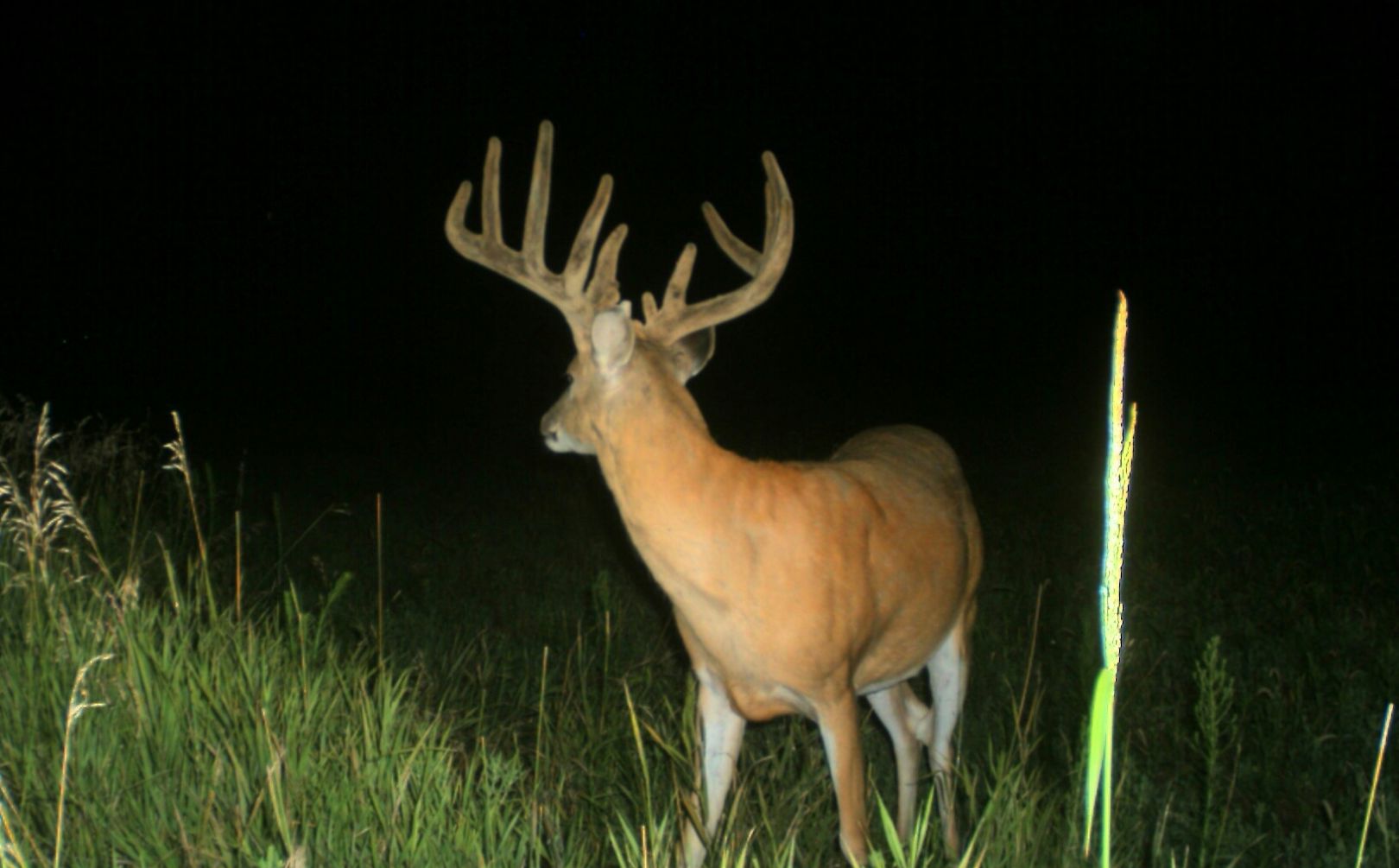
The lure of planting a Spring food plot is sensibly, very strong! Newborn fawns, lactating does and antler producing bucks, can all use a boost of forage provided by the growth of a warm season food plot on your land, right? Well, like most things that have to do with establishing whitetail habitat improvements, the answer to that question is one huge MAYBE, and I look forward to discussing with you why.
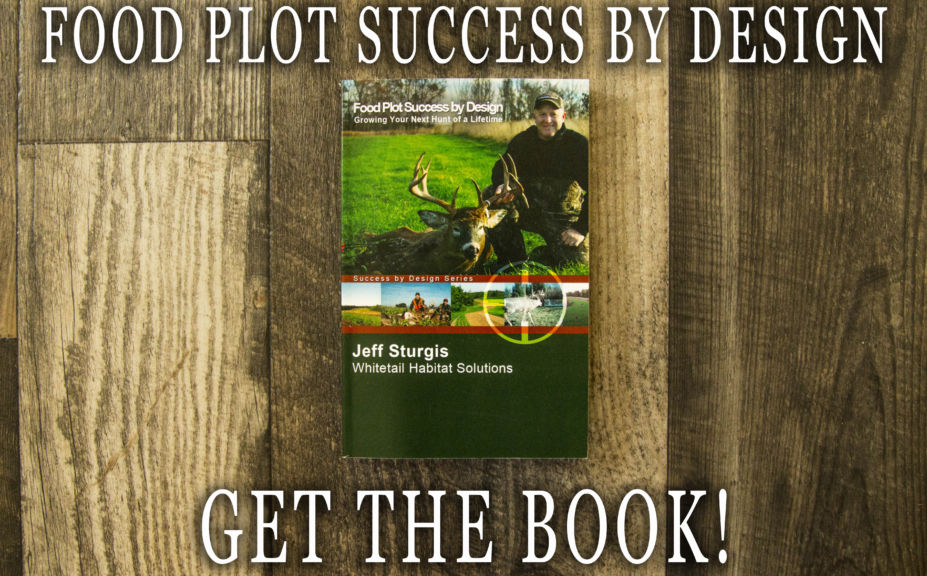
*Don't forget to check out my trilogy of Advanced Whitetail Strategy books, including my food plot strategy book,"Food Plot Success by Design".
Like most things in life, "too much of a good thing", is not really a good thing. A level of balance needs to be accurately applied, and your potential effort of planting a Spring food plot is no exception. It is very easy to just follow the status quo, and jump on the bandwagon that giving "more is more", when at times more, is actually less. Folks, the discussion of if, when, how much and where you plant a food plot, certainly does not reveal a list black and white answers. There are several factors that you need to consider for your land, and I urge you not to fall into the seemingly sensible trap that fawns, does and bucks, actually need your help. I believe through a role of self-importance, we feel the need to "take care of" the local deer herd, 365 days a year. However, is this even realistic? Rarely, do deer need a huge amount of your help to survive and flourish on your small parcel. At various times of the year, whitetails could stand a boost of assistance, but that level of help may or may not, include planting a Spring food plot. You need to take the time to study the balance of warm season food sources on your specific parcel, which could be drastically different from one of your neighbors, to the next. There are reasons and methods to address the level of balance required, for your own Summer whitetail efforts.
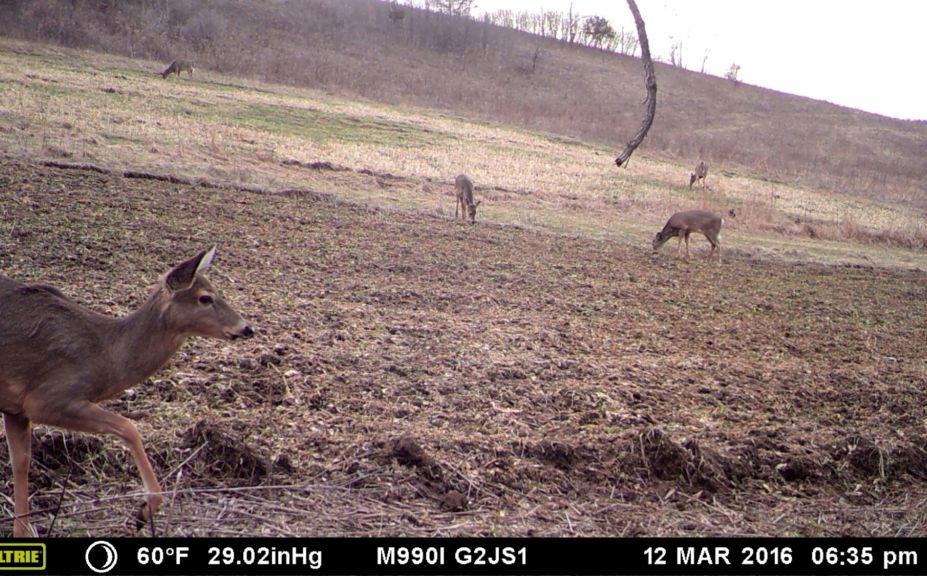
*The months of Spring are often the most overlooked, but most critical, times of the year for hungry whitetails! Long before alfalfa, clover and the annual wooded Spring green-up takes place, deer have very little eat. This is time when either Fall planted Winter Rye or Winter Wheat, can often be the only available green food source. Are you providing Summer forages at a time of plenty, while neglecting this very important time of the year? Then check out, "The Power of Winter Rye For Whitetail Food Plots".
The Balancing Act of Spring Planted Food Plots:
Do you need to raise or lower herd numbers? Do you need to attract deer to a whitetail parcel in need of an attraction makeover? Are you surrounded by ag, or are you surrounded by timber? These are all considerations that need to be addressed to determine how much, if any, food needs to be planted in your Spring food plots.
1. A Northern Warm Season Food Plot Experience
-During a 10 year period I successfully attracted, built and managed a thoroughly enjoyable deer herd in the the U.P. of Michigan, 20 miles South of Lake Superior. In 1999 I could only located 1 scrape on the entire parcel, 2 small rubs and only 2 trail cam pictures of 1 small spike were captured. It was also common for a period of 5 days or more, to not find a deer track on the parcel's 2.5 miles of sandy logging trails. However, those first year findings changed quickly! Within 5-6 years the number of rubs increased to over 200, the number of scrapes rose to over 50, and the occurance of randomly scattered and infrequent deer tracks, turned into highways of consistent, daily use. The average fawn recruitment rate in the area was .5, and that was increased to over 1 on the parcel, including numerous sets of twins over the years. There were less than 15 deer per square mile, and during just a few short years a 120 acre Northern habitat was created that housed approximately 7-8 mature does and their yearly offspring, along with the attraction of 17 different bucks photographed in 2006. While the herd grew, I strictly avoided shooting any antlerless deer, and for my efforts I was awarded the QDMA's 2004 Al Brothers Deer Manager of the Year Award. The formula was simple: Food, Food and more Food! Oh, and don't shoot any mature does.
During the early herd-building years, I used crop rotations that allowed for nearly 100% of the 8 acres of food plots, to carry some level of clover during the Summer months. This was important for building a resident "Doe Factory", with a priority of first attempting to first create a deer herd, that could actually be managed. As the herd neared the carrying capacity, I slowly reduced the % of clover to avoid attracting more does, and subsequently, more fawns. By the 10th and last year, the entire food plot system of 14 total food plots and consisted of less than 1 acre of clover during the Summer months. I still had to mow the clover, even though the plantings were so small in size, due to the fact that the local habitat provided a heavy dose of quality Summer forage at a time of plenty. Due to predation and harsh Winters (that accounted for a 50% average fawn mortality rate), the herd ramained balanced below the carrying capacity of the land (much discussion with local research biologist John Ozoga and the local State of MI wildlife biologist). Only 2 does were harvested during the entire 10 year program, with a stable population of antlerless deer maintained between years 5 and 10.
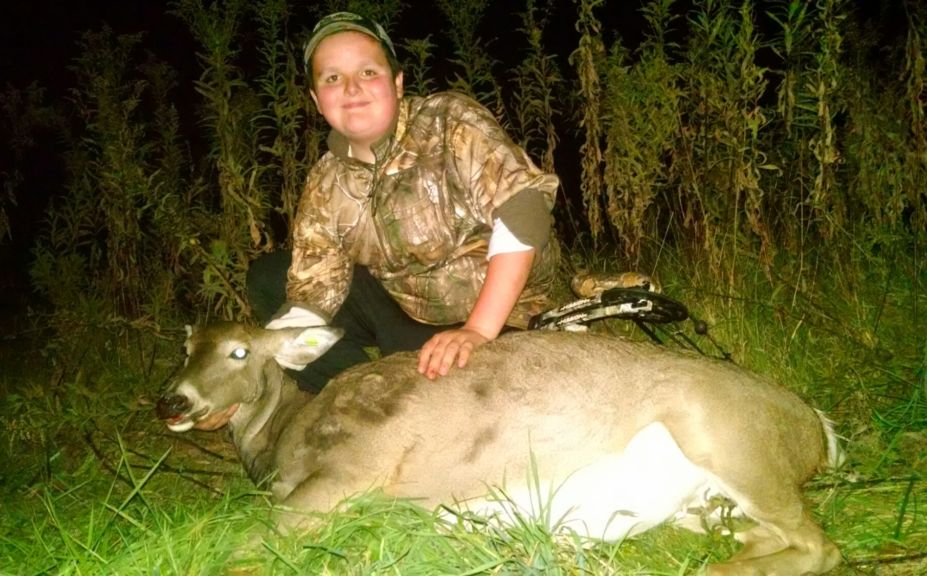
*I recently received an email from an angry landowner, who is tired of his Central WI neighbor's not doing their part to harvest enough does. He stated, "I have taken 314 antlerless and 70 bucks (during the last 10 years)". His parcel is roughly 400 acres, but still, that is a very poor historical ratio of doe to buck harvests, which is indicitive of even deeper problems than just the neighbors. I know of others within his area, and there is a strong suspicion that a major portion of the problem lies squarely within the landowner's Summer habitat program, which is creating the common and dreaded, "Doe Factory". You have more control over herd numbers than you may realize! To help to realize your potential level of control, try reading, "Attractive Deer Habitat: More Harm Than Good?"
2. A Southwest WI Spring Food Plot Experience
-During the past 14 years it has been extremely exciting managing the herd, hunt and habitat, on 3 WI parcels of 40 to 194 acres in size. In total with my partners and I, we have managed to harvest close to 40 mature bucks, and approximately 85 does. In fact within the area, we have been able to harvest the majority of the oldest bucks. Our doe harvest efforts have varied greatly, based on attempting to gauge a stable base of does, and then by executing surgical strike doe harvest tactics. The antlerless harvest tactics have allowed us to take the number of does that we feel contributes to a stable base population number, during 1-3 days or less, per year. Those efforts dictated as many as 12 does in a single year down to as few as zero, per year. The formula was simple: Food at the right time, and not at the wrong time!
Be sure to checkout our Library of whitetail strategy videos!
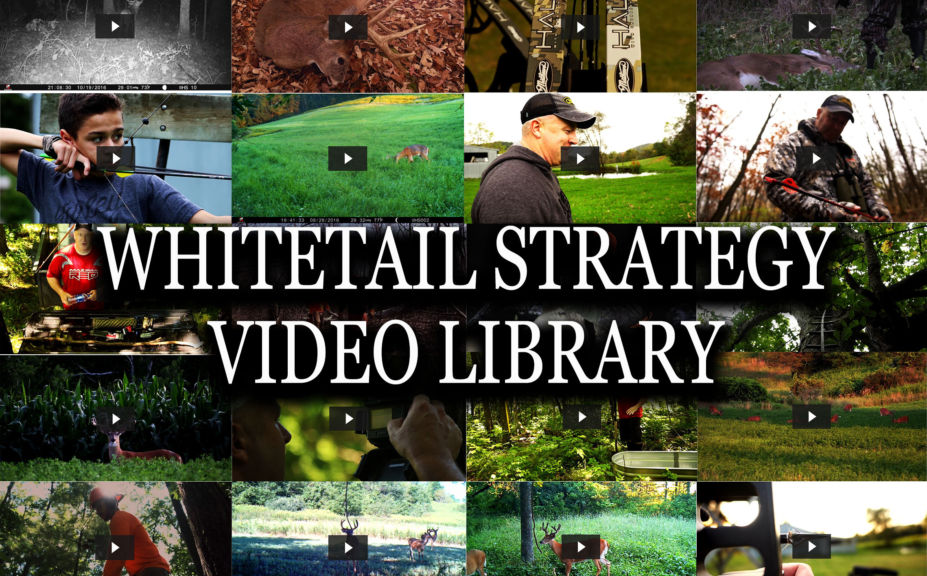
During the past 14 years we have not planted 1 Spring or Summer food plot. Because of that, we have carried very few Summer residents of does, fawns or bucks. In fact at times it has been a little dis-heartening, because we also lack the ability of a Summer herd to photograph and observe. However, we do enjoy watching the deer that inhabitat our lands during the hunting season, while scouting the neighbors lands for specific bucks between a 1/2 mile and 2 miles away for the lands that we hunt, and the local doe herd within the surrounding ag fields, within a 1/2 mile or less. The lack of food during the Summer initially began due to the fact that we could only plant once per year, and had to rely purely on a no-till method I developed while applying herbicide 3 times during the Summer, and then hand broadcasting seed on top of the exposed soil by early July. We also had to drive 7 hours one way to the land, while having to rely on an ATV, ATV sprayer and hand held broadcaster, to plant 6 acres. No tractor, no tiller, no cultipacker...no problem! However, during the process we realized several huge advantages to not planting our Spring plots, for both the local deer herd, as well as for our herd and hunting managemenent efforts.
*A lack of a strong Summer deer herd signifantly decreased the initial browsing pressure of our late Summer planting food plots. Our food plot forages were able to grow virtually pressure-free, for at least a month, each year.
*No does, no fawns. Unlike my UP of MI parcel, we were not in a herd-building mode, but instead within a herd and hunting management mode. By not establishing quality Summer fawning grounds due to the quality food that would have been supplied by planting Spring food plots, we were able to maintain a more consistent base population of antlerless deer. The entire herd largely relied on the surrounding neighbor's lands and ag fields, to supply a bounty of food that we couldn't possibly supply on our own. By not planting Spring food plots, nearly the entire deer herd that we would later support during the Fall, could dine on literaly 100 of acres of soybeans and alfalfa, at a level of nutrition and volume that we could never even come close, to providing. We were able to avoid the creation of a "Doe Factory", which is a highly common occurance on lands that attract huge Summer fawning populations of does.
*Nearly all of our resources of time, equipment and finance, could be focused on herd and hunting management efforts. Our efforts have left our lands peaking during the times we can not only capture hunter-stressed does that were located in the fringes of our land during the Summer months, but at the specific time of the year when mature bucks shift their habitat often a mile or more, from their Summer to Fall ranges. We quickly learned that the lands the deer herd spent their time on during the Summer months, carried little influence on the overall biological health of the herd. By focusing our resources to be peaking during the Fall, we were able to influence the entire neighborhood in relation to advancing buck age structures, maintaining population control, or improving sex ratios. The local neighborhood provide a level of volume and nutrition during the Summer at a rate of 100 times what we could provide, and then we reaped the herd and hunting rewards of a hunting season attracted deer herd.
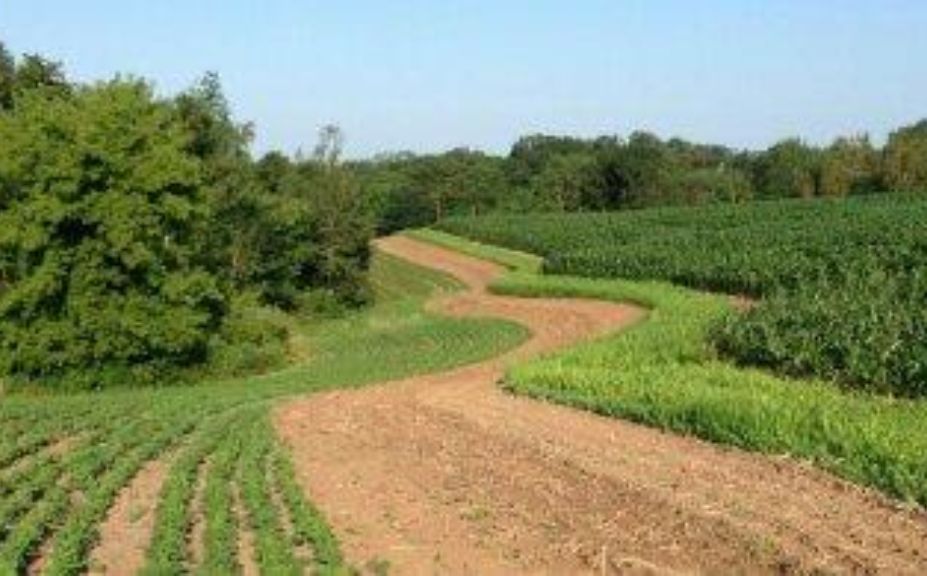
*Are you experiencing a combination of excessive deer numbers with a high supply of Summer food source? Population control takes more than just trigger control, it takes commen sense and some (tractor) steering wheel control too. Too many deer? Try reducing and possibly eliminating Summer food sources in the future to provide you with a higher level of population control. Too few deer? Try establishing and increasing the amount of Spring planted food plots until the population stabilizes. For precision antlerless harvest tactics, try reading, "Easy Doe Harvest Equals Herd Success".
The Spring Food Plot Needs Of Your Land Will Vary Greatly:
These are just 2 examples of my own hunting grounds, and how each herd was maintained at extremely consistent levels, largely influenced by the presence of Summer food sources, or not. However, the same formula of success has been applied to 100s of my client parcels, with the same predictable results. Each year I have the luxury of experiencing deer populations that are drastically over the carrying capacity of the land, as well as those that are well below the carrying capacity of the land. There is an answer for each, and one major component involves accurately assessing the need for planting a Spring food plot, or not.
Should You Plant A Spring Food Plot?
If the answer was as simple as "Yes, it will help fawns, does and antler growing bucks", then there wouldn't be such wildly fluctuating herd numbers from one neighbor to the next. Also, this is deer management, and folks...it isn't always black and white!
*Do you need to raise or lower herd numbers?
-Then consider a Spring food plot to increase numbers, and reducing Summer food plots to reduce numbers-It Works!
*Do you need to attract deer to a whitetail parcel in need of an attraction makeover?
-If your efforts been hampered by poor hunting efforts and a lack of quality food, planting a Spring food plot may be your best, immediate option towards initially increasing deer numbers.
*Are you surrounded by ag, or are you surrounded by timber?
-Heavy timber typically equals lower deer numbers as well as fewer acres of quality Summer forage. Surrounding ag plantings typically equal an over abundance of some of the highest volumes of incredibly nutritious forage available to whitetails. Allow the surrounding lands to influence the balance assessment of your own land.
This Year I Will Not Be Planting a Spring Plot:
With the exception of some leftover, Fall clover planted, soil building activities of a couple of new plots, I will not provide a Summer food source on the lands that I hunt. Why? Because often I hunt quality deer herds on public land, which by-the-way, seem pretty healthy despite any food plots at all. But at the same time, on the SW WI lands that I hunt, I receive a lot of satisfaction knowing the entire deer herd can pack their bellies full of the most nutritious forages in the area, on my neighbor's ag fields. The Summer is a time of incredible plenty, and the deer herd can't possibly be more positively influenced than they already are. With a few scattered Spring food plots on my land, the amount of potential forage would still represent less than 1% of what is available off the land. I will then look after the nutritional needs of the deer herd from the late Summer, through Spring green up, during the most limited forage periods of the year. I also enjoy hunting stable deer populations, which typically requires us to harvest only 2 does for every buck.
